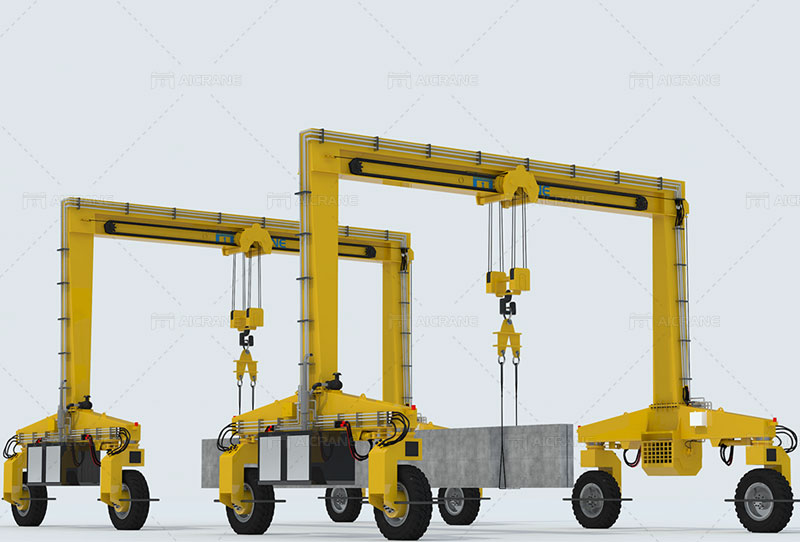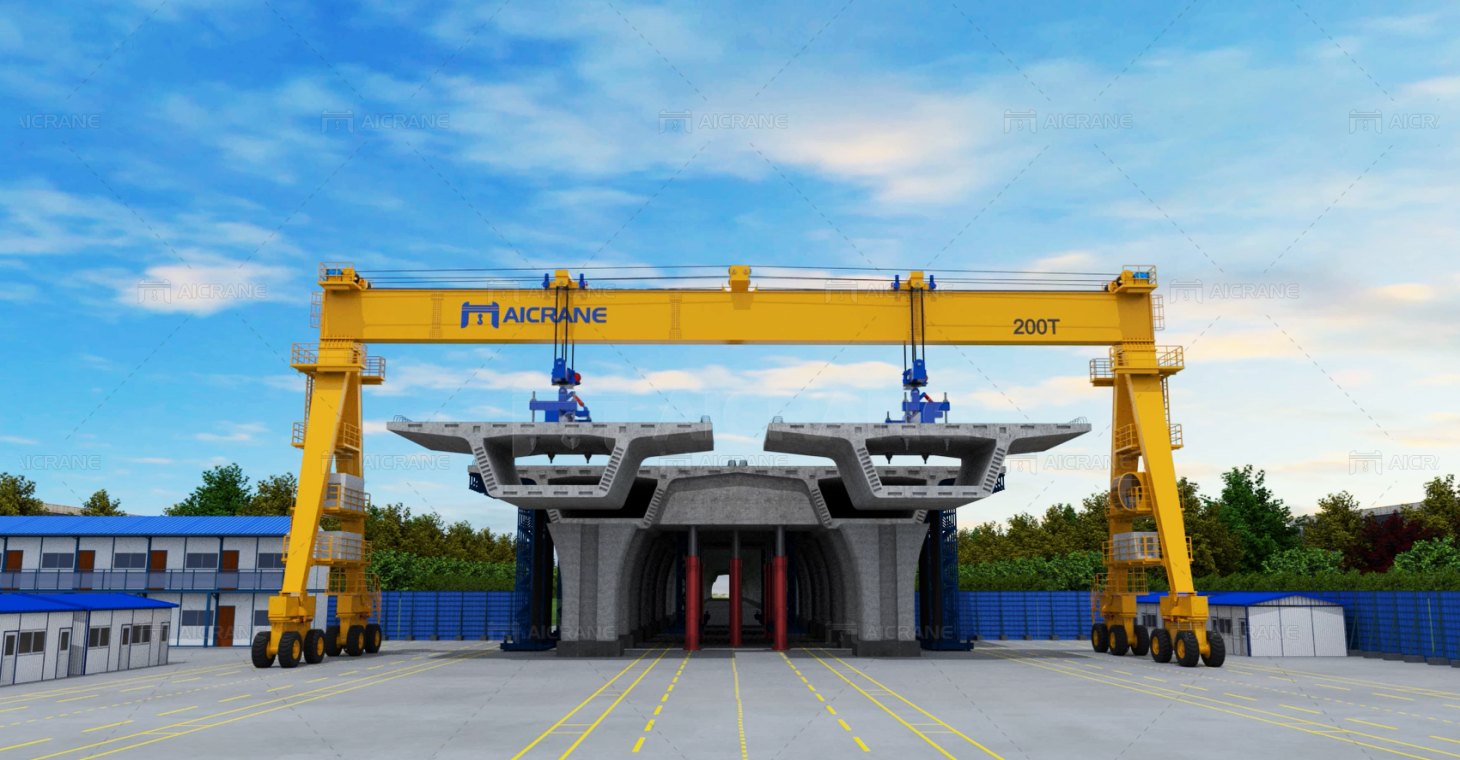In the dynamic world of logistics and port operations, the future of cargo handling is being reshaped by cutting-edge technologies. Among these innovations, Rubber Tyred Gantry (RTG) cranes have emerged as pioneers, revolutionizing container handling and setting new benchmarks for efficiency and sustainability. This article explores how RTG cranes are leading the way towards a more streamlined, productive, and eco-friendly future in cargo handling.
Evolution of RTG Cranes: Enhancing Flexibility and Efficiency
RTG cranes represent a significant departure from traditional gantry cranes. Mounted on rubber tires instead of fixed rails, RTGs offer unparalleled mobility within container yards. This mobility translates into enhanced operational flexibility, allowing ports and terminals to optimize layouts and adapt to changing demands seamlessly. RTG rubber tyred gantry cranes can maneuver swiftly between container stacks, reducing congestion and improving overall efficiency in cargo handling operations.

Precision and Automation: Optimizing Container Movements
One of the standout features of RTG cranes is their precision and automation capabilities. Equipped with advanced control systems and sensors, RTGs can lift and stack containers with remarkable accuracy. This precision is instrumental in maximizing yard space utilization and minimizing handling times. With automated workflows, RTG cranes contribute to smoother operations, reducing human error and ensuring consistent performance even during peak periods.
Safety First: Redefining Occupational Standards
Safety is paramount in cargo handling, and RTG cranes prioritize operational safety in several ways. Their autonomous operation reduces the need for manual intervention, mitigating the risks associated with human error. Furthermore, RTG cranes are designed with built-in safety features, such as collision avoidance systems and real-time monitoring capabilities. By fostering a safer working environment, RTG cranes not only protect personnel but also enhance overall operational reliability.
Sustainable Solutions: Reducing Carbon Footprint
As the world focuses on sustainability, RTG cranes are leading the charge towards greener cargo handling practices. Ports and terminals are increasingly adopting electric-powered RTG cranes, significantly reducing fuel consumption and emissions. By minimizing environmental impact, RTG cranes align with global efforts to combat climate change and promote eco-friendly operations in the logistics sector. Rubber gantry cranes can be single beam or double beam gantry cranes to meet different requirements.

Digital Integration: Harnessing Data for Operational Excellence
The integration of digital technologies is propelling RTG cranes into the future of cargo handling. These cranes are equipped with sophisticated sensors and data analytics capabilities, enabling real-time monitoring and optimization of operations. Port operators can leverage this wealth of data to make data-driven decisions, anticipate demand patterns, and optimize resource allocation. The result is improved efficiency, reduced costs, and enhanced overall performance across cargo handling operations.
Adapting to Changing Needs: Future-Proofing Cargo Handling
In an era of evolving trade dynamics and container sizes, RTG cranes offer unmatched adaptability. Ports and terminals can upgrade and customize RTG gantry cranes to accommodate changing demands, ensuring continued operational efficiency and competitiveness. Whether it’s handling larger containers or integrating new technologies, RTG cranes empower ports to stay agile and responsive in a rapidly evolving global trade landscape.
Conclusion: A Glimpse into Tomorrow’s Ports
In conclusion, RTG rubber tyred gantry cranes are reshaping the future of cargo handling with their versatility, efficiency, safety features, and sustainability credentials. These cranes epitomize innovation in port operations, offering a glimpse into a more connected, automated, and environmentally conscious future. As global trade continues to grow, RTG cranes will play an increasingly vital role in optimizing cargo handling processes, setting new standards, and leading the way towards a brighter tomorrow in logistics. Different work needs require different crane solutions, for details of cranes, you can check this https://aicranemachine.com/.